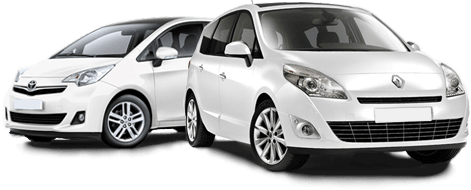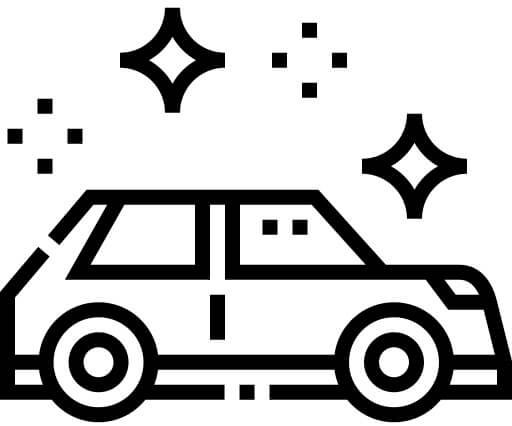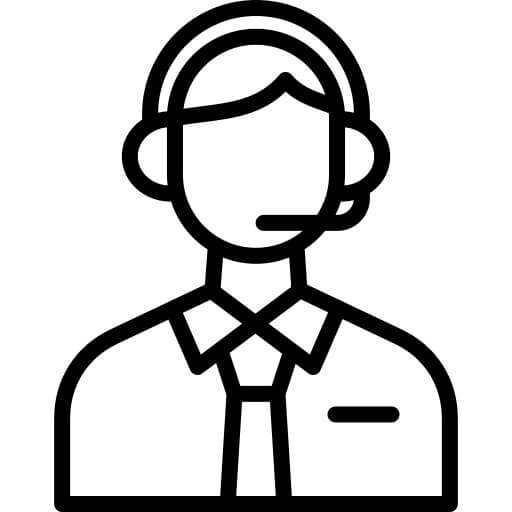Car Rental in Napa Valley | Book at Unbeatable Prices

Compare Prices and Book from the Top Car Rentals






Car Rental in Napa Valley
Discovering Scenic Landscapes, Fine Wines, and California's Cultural Heritage

As an idyllic paradise in Northern California, Napa Valley is globally recognized for its scenic vineyards, world-class wines, and array of tourist-friendly attractions. Settled between forested hills, this 30-mile stretch of fertile lands hosts over 400 vineyards including renowned ones like Robert Mondavi Winery and Frog's Leap. A tour around this picturesque region in a car would introduce travelers to stunning landscapes, historic mansions, and exquisite wine tasting experiences.
The natural beauty extends beyond the vineyards. Drive north via the popular Silverado Trail and you'll reach Bothe-Napa Valley State Park, a verdant oasis for hiking and picnicking. Or, cruise south towards Napa River for a kayak trip. The town of Napa itself brims with architectural gems like the historic Napa Valley Opera House, fairytale-like cottages, chic boutiques, and a wide range of gourmet restaurants. But don't forget the hot air balloon rides offering panoramic views of the valley!
However, touring Napa Valley by car goes beyond superficial sightseeing. It's an immersive journey traversing the cultural heritage of this region. Each vineyard whispers the story of winemaking traditions. Between every drive, there's a winery to surprise even the seasoned palate. Indeed, the distances are navigable and the quiet country roads guiding you through the vineyards, olive groves, and quaint towns feel like entering into a postcard scene at every turn.





